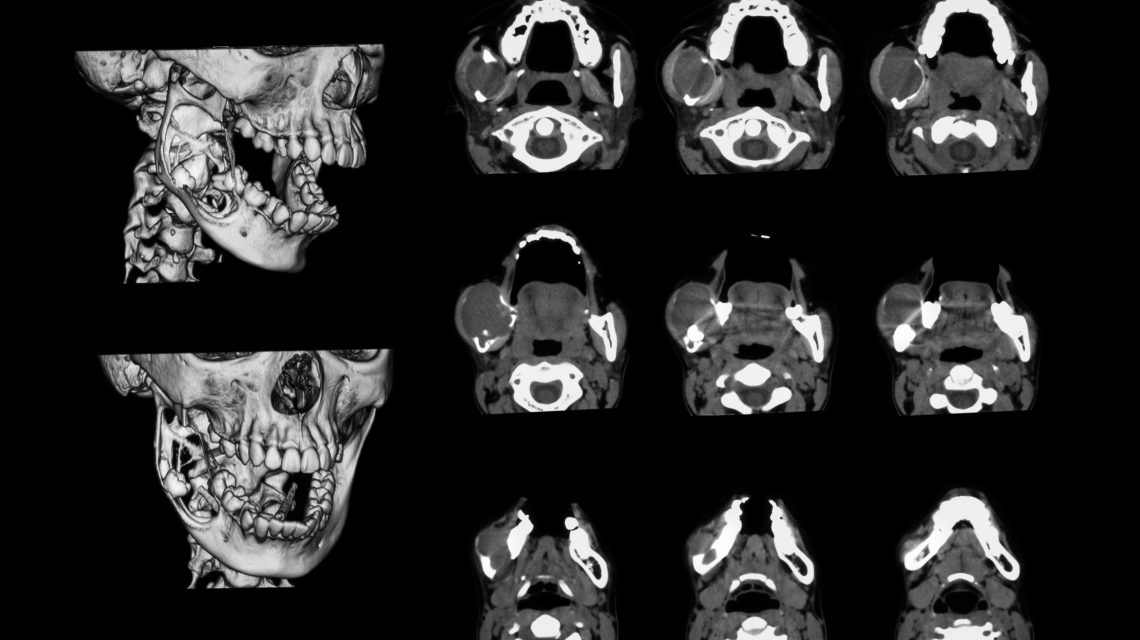Diagnosing and treating Tempo-Mandibular Disorder (TMD) has been an ongoing challenge for many people who suffer with TMJ-related symptoms. Due to lack of knowledge, training, and understanding of this condition among healthcare professionals, many patients become addicted to pain medications since this is the only treatment they are often offered to manage their pain.
The majority of TMD issues result from a misalignment between the lower and the upper jaw. Finding a dentist that is trained in Neuromuscular Dentistry is key to beginning the process of proper diagnosis and treatment. Neuromuscular Dentistry is based on establishing a balance between the muscles of the head and neck, the temporomandibular joints, and the teeth. Modern neuromuscular dentistry utilizes various methods and technology to help diagnose and establish a healthy bite and jaw position.
This can include one or more of the following:
- Occlusal Forces Bite Scan
A sensor known as the T-Scan is a tool used to restore quality of life in patients whose bite contributes to pain, discomfort, jaw misalignment, bite issues, or over-adjusted dental work. T-Scan provides dynamic occlusal (bite) measurements, revealing the level, timing, and percentage of force on individual teeth, as well as the occlusal stability of the overall bite. A T-Scan allows a visual recording, over time, that shows exactly where the teeth are touching, how bite forces are distributed, and where tooth contact is lacking, which is key to establishing a balanced, healthy, comfortable occlusion (bite).
- Muscle Activity Measurement
Electromyography is a measurement of muscle activity, which is invaluable in knowing where the patient is most comfortable. A sensor, known as M-Scan, can be used to measure muscle activity and allow us to quickly and easily compare bilateral muscles for symmetry of function. The M-Scan shows the microvolt levels for each muscle contraction, as well as the difference between the left and the right side.
- Ultra Low Frequency TENS
Ultra Low-Frequency TENS unit can be used to relax the muscles of your head and neck so that accurate measurements can be made for your muscle activity, jaw movements, and jaw joint in order to establish an ideal healthy bite position. TENS stands for Transcutaneous Electrical Nerve Stimulation, and this allows for a gentle signal to be sent to the facial muscles in order to relax them and allow your jaw to briefly move into its ideal position, which is recorded and used to help diagnose and treat your condition.
- Digital Scan
A digital scan of your teeth in 3 dimensions is an invaluable tool to correctly diagnosing and treating your TMD. Together with other data collected, these scans allow us to see exactly what your jaw is doing in 3 dimensions, and this help us come up with very specific treatment options for your unique condition. Since each pain patient is different, and each case can have a multitude of various components that contribute to pain and other symptoms, it is key to collect all the information so that a customized solution can be provided to treat and eliminate your TMJ pain.

